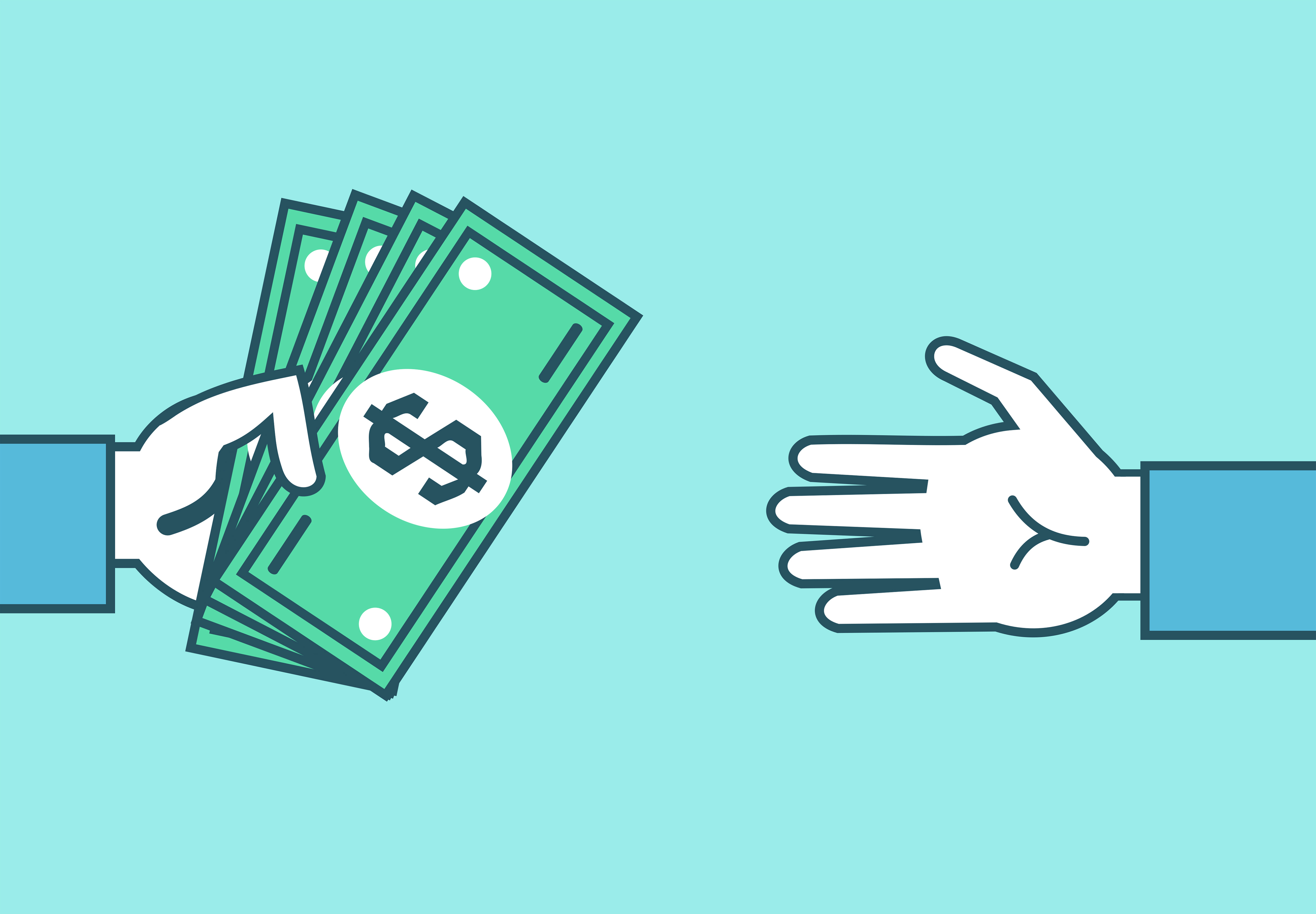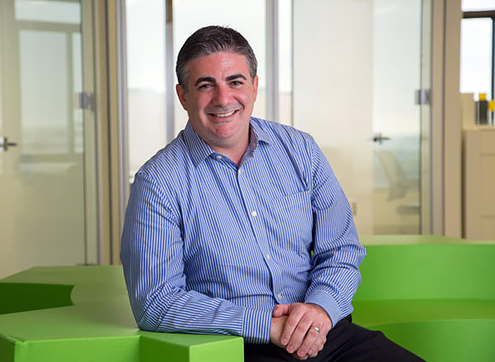
Every now and then you probably think about how much technology has changed the landscape of your personal life.
Instead of needing to meet up in-person to catch up with an old friend, you can just check their Facebook or Instagram pages. Instead of calling someone to see what they’re up to, you may just shoot them a text.
Just as your day-to-day life has been changed by technology in countless ways, so has the life of fundraising.
Now, in the year 2019, there are various emerging fundraising strategies that will help your nonprofit keep up-to-date with the times and improve your effectiveness when it comes to raising money.
These ideas all come back to the same idea: retention. In order to succeed in fundraising, your nonprofit needs to maintain a high retention rate. Retention is less expensive for any organization than accumulating new supporters.
|
In order to make sure your nonprofit is doing everything it can to retain your donors, be sure you take the following strategies seriously: |
Traditionally the nonprofit sector is known for being one or two steps behind the private sector when it comes to incorporating new strategies and new technology. This year, help your nonprofit get ahead of the game!

The first step to improving your organization’s donor retention is identifying where donors are falling off in the relationship-building process. There are plenty of places you can lose a connection with a donor, but one of the most common places where donors are lost needlessly is in the change of address of the donor.
Think about it: your nonprofit works hard to ensure your direct mail is perfectly phrased and targeted to specific audiences, and you spent additional time and money preparing each letter to be mailed. Then over 10% of them come back with that dreaded yellow label from the USPS signaling those addresses are no longer valid!
That 10% may not seem like a big deal, but it adds up in the long run. Consider this:
If you send out 1,000 letters and each person gives $25, but 100 of them never receive their letters, that’s $2,500 your nonprofit missed out on! The worst part of that scenario: 10% is a conservative estimate! Over the last few years, between 11% and 17% of Americans have moved during the timeframe of a single year.
After working so hard to gather data from your supporters from campaigns, fundraising events, and other sources, it’s important to keep as much of that information up-to-date as possible. To alleviate this issue of turnover due to changing addresses, run a National Change of Address (NCOA) update service.
|
There are several reasons why your nonprofit should consider running this update regularly:
|
In addition to the turnover that occurs due to changes of address, the typical nonprofit with a broad donor base sees a natural turnover rate of about 16% each year due to older donors passing away. Therefore, it’s also helpful to have access to deceased suppression processing services.
These services help your organization identify these unfortunate instances. From here, your nonprofit can be sure to share your condolences with the surviving family members.
Keeping data clean with NCOA and deceased suppression processing services provides an opportunity to better reach donors, provides stewardship opportunities, and maintains the integrity of your nonprofit.

There’s a very simple solution for your organization to employ in order to improve donor retention. Simply ask supporters for feedback!
Have you purchased something from Amazon recently? Did you get a follow up email inviting you to fill out a survey right after your purchase arrived? Exactly! Big brands understand that the best time to mend or augment a relationship is in the moment of engagement.
Nonprofits should focus on surveying their donors about satisfaction and trust.
According to fundraising expert Adrian Sargent,
“Donors who share the beliefs of the charity and express higher levels of satisfaction with the quality of service provided to them are significantly more likely to express higher levels of active commitment. Similarly, multiple engagements, trust, learning, and personal link all have a role to play in fostering active commitment.”
Surveys are an effective method of measuring a donor’s satisfaction, commitment, intimacy, and trust. With these measurements, you can better understand how donors feel about your organization and how to help others feel this same connection.
|
Survey tools help nonprofits better understand:
|
Armed with this information, your nonprofit has the power to adjust your strategy as needed to best maintain engagement with supporters and build stronger relationships with them.
Try sending surveys to your recently lapsed donors, after an event, after a first donation, or during other key moments of a donor’s relationship with your organization. This extra step can help you make relationships stronger and encourage donation sizes to grow until they’re a part of your major gift program.
|
Looking for the best tech on the market to help you survey donors, track donations, and keep your data clean? Check out the best nonprofit software on the market. |

Employee turnover has an enormous impact on the turnover rate of donors. Think about it—you invest time and energy training your staff to have better interactions with your supporters. From face-to-face interactions to sending more effective emails, your donors get used to the top-notch communication that comes from highly trained and experienced staff.
However, when your fundraisers leave too early in the training process or don’t have access to the best training materials, your nonprofit must hire someone else and start the whole process over again. This can also break the norm of effective communication for donors while the fundraiser is still learning the processes.
|
There are a couple different elements at play here:
|
Attracting and retaining your employees is key for nonprofits to save money and maintain a personal connection with your donors. This is especially true for positions such as your major gift officer. Major donors develop a relationship both with your nonprofit and this specific officer, so shifting people in this position may put that relationship in jeopardy.
Plus, once you’ve invested time, energy, and resources to train your staff members, you want to make the most of that investment. In order to reduce employee turnover rate, your nonprofit needs to start thinking about the values your employees hold and how you can adhere to those values.
|
Some of the highly valued benefits that nonprofit staff look for in their employers include:
|
Essentially, your nonprofit should feel prepared to offer valuable workplace benefits in order to encourage employees to stay. This ends up being far less expensive than hiring and training new talent.
If you’re unsure of what salary to offer, how to make it fit into your budget, or what benefits will be most valuable for your individual nonprofit, you may consider hiring a compensation consultant. Astron Solutions compiled a list of top consulting firms that specialize in compensation. This is a great place to start to make sure you meet the needs of employees.
| TIP: See how providing employee benefits can help you to attract top talent. |
There is an incredibly strong correlation between training and fundraising performance. Actually, each additional form of training is associated with a $37k increase in revenue.
This is why it’s important to provide your staff members with training opportunities that will help them become more successful. Look for resources created by fundraising experts to augment the success of your fundraising staff.
For instance, The Fundraising Standard is a 40-hour program of online learning that will help participants better understand fundraising as a concept and get them started on their first campaign. You can find lots of resources like this which, when provided to staff members, can drastically improve your fundraising altogether.
|
Investing in your staff encourages your donors to invest in you. Learn how employee training management software solutions can empower your employees. |

As a nonprofit professional, you know how important it is to thank your donors. When supporters feel appreciated, they’re much more likely to continue their support of your nonprofit.
A general “thank you” message is now expected from donors. It’s essentially a confirmation that you’ve received and appreciate their gift. However, this also makes donors somewhat numb to the idea of a typical “thank you” email. Of course, you should still send an immediate “thank you” email to your donors right after their gift.
However, taking the time to go the extra mile will also help your nonprofit stick out in the crowd.
Nonprofit expert Penelope Burk conducted research that found that a “thank you” call from a board member to a newly acquired donor within 24 hours of receiving the gift increases their potential to give another gift by 39%. This shows the immense part your board members can play when it comes to retaining your donors.
|
Here are some additional ideas to get you started with your personal “thank you” messaging:
|
These ideas may seem a little old fashioned. But these old fashioned ideas carry great weight! While technology is constantly advancing and your nonprofit carry out fundraising strategies faster and faster, sometimes slowing down to show your appreciation is what your donors are really looking for. Take the time to balance these old strategies with the new for the greatest impact.
These extra personal touches help your nonprofit stand out and show your donors how valuable they are towards your mission.

The common denominator for each of these ideas is retention. Donor retention should be your nonprofit’s major focus for 2019. In order to increase retention rates, your nonprofit also needs an effective way to measure them.
If your software tools don’t encourage the measurement of these vital metrics, it will be impossible to know whether or not your efforts are effective. If your nonprofit is using an outdated donor management software solution, it’s time to upgrade.
New and improved solutions will offer opportunities to clean your data, provide expert-inspired survey tools, partner with effective educational opportunities, and provide a place to record additional personal touches from your board members.
Nonprofit donor retention is key to fundraising in 2019. Update your strategy to include the best, most recent trends and desires from your donors. You’ll see improved engagement metrics, fundraising campaign success, and, over time, more major donors!
Take the tips you've learned from this article and put them to use. Check out our resource cover the 10 best free fundraising software solutions in 2019.
Jay B. Love is a Co-Founder and current Chief Relationship Officer at Bloomerang.
He has served this sector for 33 years and is considered the most well-known senior statesman whose advice is sought constantly.
Prior to Bloomerang, he was the CEO and Co-Founder of eTapestry for 11 years, which at the time was the leading SaaS technology company serving the charity sector. Jay and his team grew the company to more than 10,000 nonprofit clients, charting a decade of record growth.
Your nonprofit may be backed by many generous supporters, but are you making the most of their...
 by Jay Love
by Jay Love
If your nonprofit is considering a peer-to-peer fundraising campaign, you’ve probably read all...
 by Leigh Kessler
by Leigh Kessler
If you work in the nonprofit world, you’ve likely seen the benefits of online fundraising.
 by Joshua Meyer
by Joshua Meyer
Your nonprofit may be backed by many generous supporters, but are you making the most of their...
 by Jay Love
by Jay Love
If your nonprofit is considering a peer-to-peer fundraising campaign, you’ve probably read all...
 by Leigh Kessler
by Leigh Kessler


